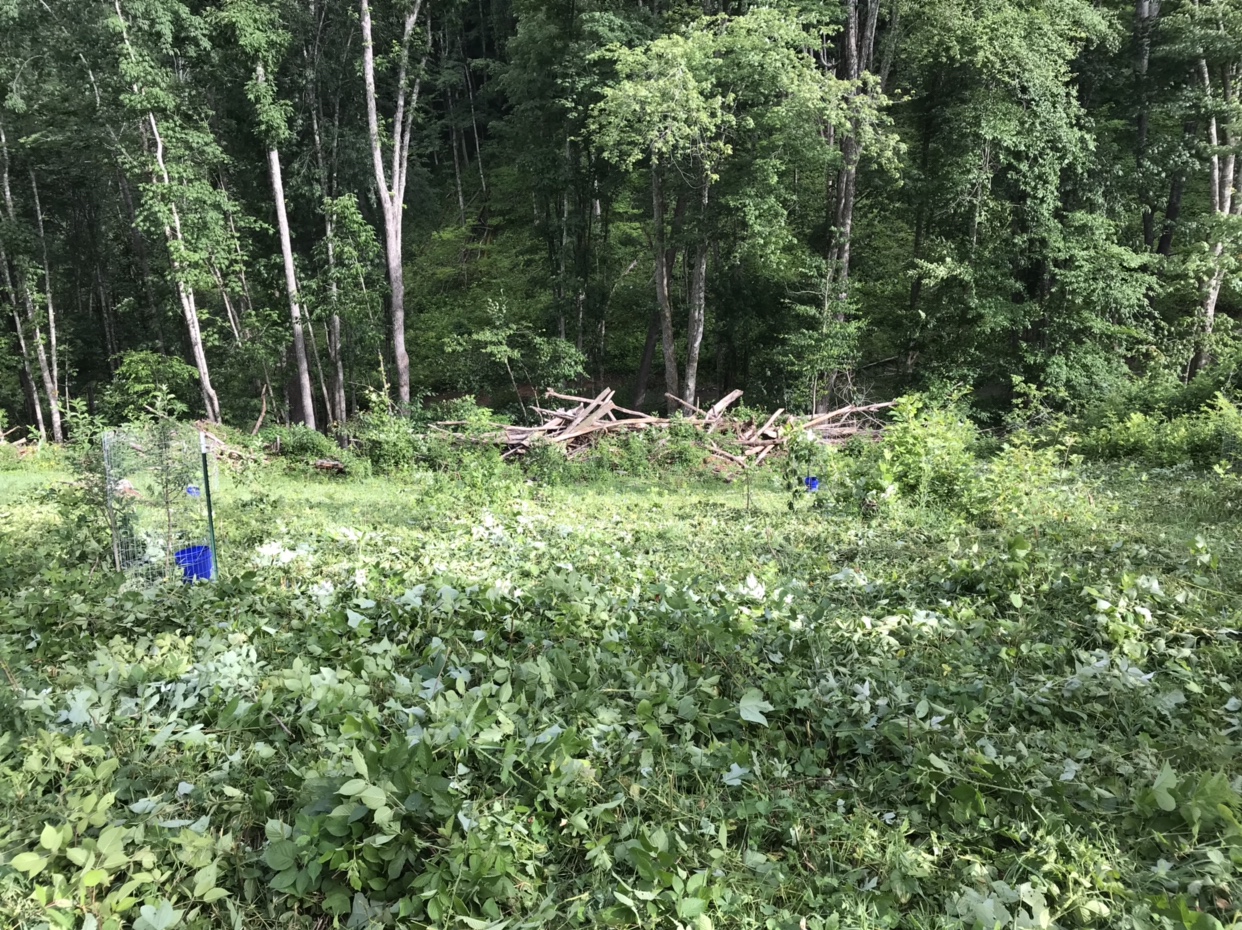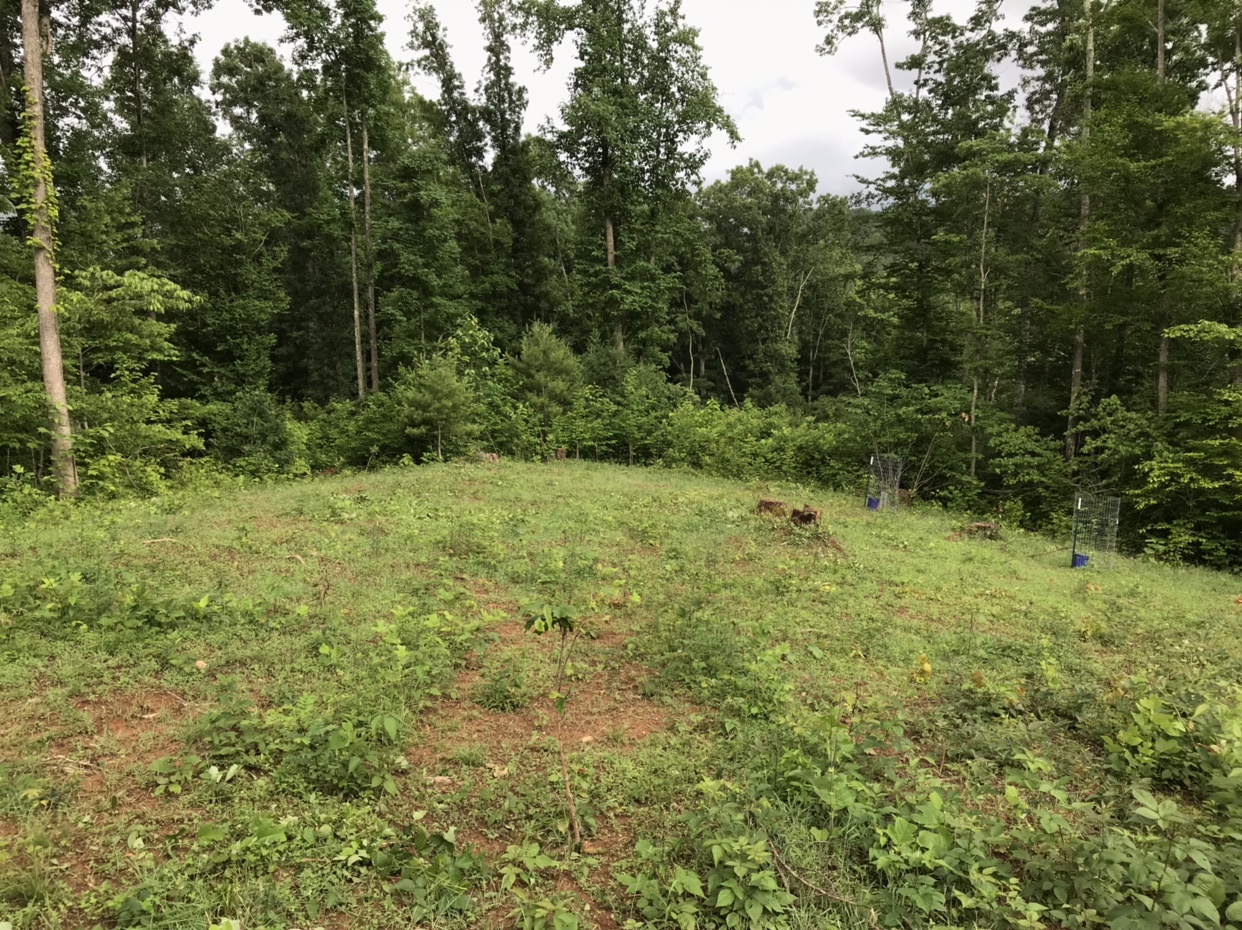weekender21
Well-Known Member
While driving today my mind drifted off to fall food plot work that's yet to be completed on the other side of the planet. I've been thinking a lot about which plots I might spray and which ones I might just try to mow. Then a thought entered my mind that I don't really have the answer for.
When you spray a plot in the fall at the time of planting, aren't the weeds you're typically targeting summer annuals? If that's the case, then isn't that a waste of herbicide and time? I'll be planting in a few weeks and although the growing season isn't completely over, I'm assuming all the pesky summer annual "weeds" have produced seed for next year and won't be doing much more growing this fall. Soooo, if I spread seed then mow (throw and mow) without spraying, should I expect less of a food plot compared to if I did spray?
What say you?
In the unlikely event my thought is accurate, wouldn't you get more from spraying in early summer prior to a planting of BW for example? Then use the throw and mow process in the fall without a herbicide treatment?
When you spray a plot in the fall at the time of planting, aren't the weeds you're typically targeting summer annuals? If that's the case, then isn't that a waste of herbicide and time? I'll be planting in a few weeks and although the growing season isn't completely over, I'm assuming all the pesky summer annual "weeds" have produced seed for next year and won't be doing much more growing this fall. Soooo, if I spread seed then mow (throw and mow) without spraying, should I expect less of a food plot compared to if I did spray?
What say you?
In the unlikely event my thought is accurate, wouldn't you get more from spraying in early summer prior to a planting of BW for example? Then use the throw and mow process in the fall without a herbicide treatment?


